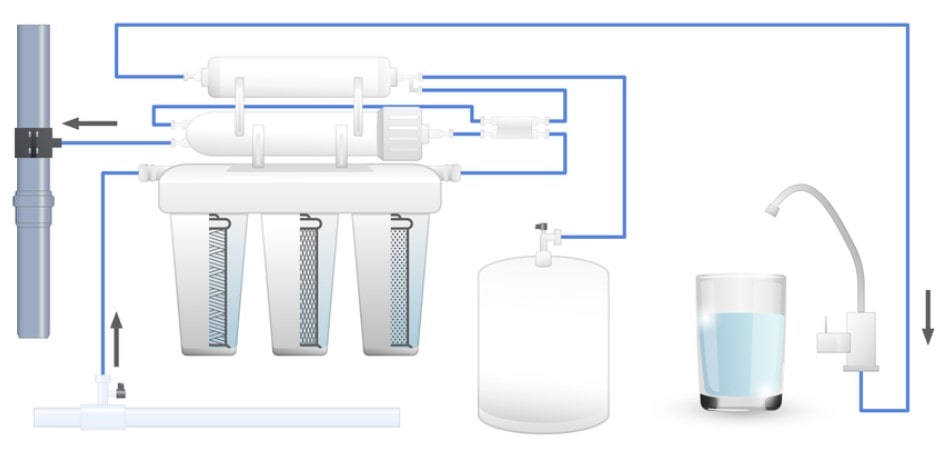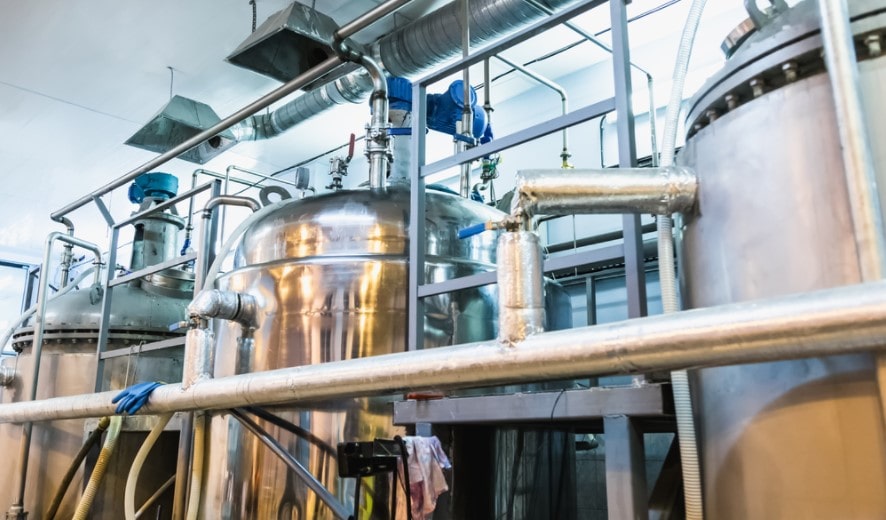Table of Contents
Applications and objectives of filtration
What is filtration

(i) Water Purification:
Purification of water for pharmaceutical use is the most important application of filtration. Water used in pharmaceutical industries for various applications has to comply with different standards specified in official pharmacopeias. These standards are namely; purified water, Water For Injection, and Sterile Water For Injection. To produce water complying with these standards potable water is required initially to be filtered. Filtration is commonly used for the removal of residual biological floc in settled effluents from secondary treatment before disinfection to remove residual precipitates from the metal salt or lime precipitation or phosphate.
(ii) Pharmaceutical Industry:
Filtration, as a physical operation is very important in chemistry for the separation of materials of different chemical compositions. This is one of the most important techniques used by chemists to purify compounds. Various enzymes, amino acids, antibiotics, pharmaceutical intermediates, bulk drugs, medicine, blood products, antibiotics, calcium phytate, Chinese inositol, growth-derived sand, organic phosphorus, glucoamylase, etc. are purified by using filtration. Filtration may be simultaneously combined with other unit operations to process the feed stream, as in the bio-filter, which is a combined filter and biological digestion device.
(iii) Biopharmaceutical Industry:
The separation process of filtration is widely used in the biopharmaceutical industry to remove contaminants such as salts, particulate matter, micro-organisms, etc. from liquids, air, and gases.
(iv) Chemical Industry:
Filtration is used for the separation and purification of dyes, pesticides, silicic acid, glycerin, white carbon, sodium carbonate, additives, basic chemicals, chemical filler, pigment, white alumina, manganese, caustic soda, soda
ash, and alkali salts mud, saponins, and graphite, etc.
(v) Food Industry:
Wine filter press, yeast, fruit juice filter press, edible oil, vegetable oil, soy sauce, sugar mills, rice wine, white wine, fruit juices, soft drinks, beer, yeast, citric acid, vegetable protein, plant density sweetener, glucose, etc are filtered to
remove unwanted matter.
(vi) Environmental Engineering:
Filtration is used for the separation and purification of chemical wastewater, mining wastewater, domestic wastewater, leather wastewater, and salt mud wastewater.
(v) Clay Industry:
Filtration is used for the separation and purification of kaolin, bentonite, activated clay, clay, and electronic ceramics clay.
(vi) Heating, ventilation and air conditioning (HVAC):
Filtration is used for obtaining high-quality air from poor quality air that contains micro-organisms and particulate matter such as dust and smoke; volatile organic compounds and allergens responsible for respiratory illnesses and allergy, asthma, and sick-building symptoms. Ideally, these triggers are eliminated or reduced significantly by the air filters in a building’s HVAC system. Advances in air filtration have led to the development of systems that provide superior air with reduced energy costs and help commercial and institutional buildings to achieve green-building milestones.
(vii) Making new food and beverage products:
Bacteria and spoilage organisms in milk are easily removed by microfilters with pore sizes ranging from 0.1 to 20 microns. Ultrafiltration units with pores ranging from 0.01-0.2 microns have been shown to affect the appearance and sensory properties of fluid milk because of the protein molecules that can be retained and then added back.
(viii) Cane and beet sugar industries:
The ultrafiltration/microfiltration process in cane sugar production acts as a pre-treatment prior to other separation technologies by removing impurities from the raw juice, including starch, dextran, gums, waxes, proteins, and polysaccharides.
Objectives of filtration
The main learning objective of filtration is to separate solids from liquid or gas mediums. The other objectives include:
(i) To eliminate the contaminant particles so as to recover dispersing fluid.
(ii) To recover solid particles by eliminating the dispersing fluid.
(iii) To produce high-quality solvents and solids.
(iv) To purify the air and pharmaceutically useful gases by removing particulate matter.
(v) To sterilize thermolabile parenteral products.
